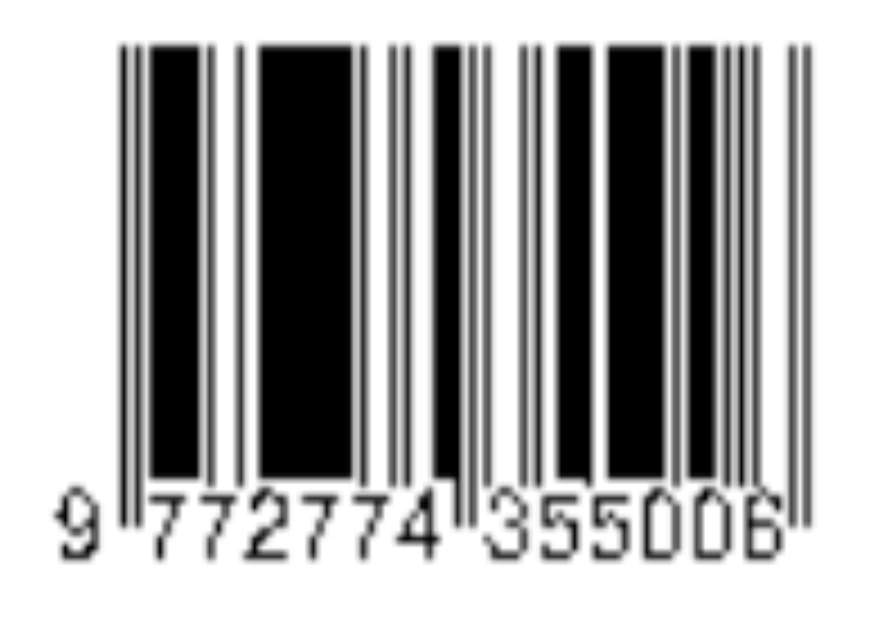Submissions
Submission Preparation Checklist
As part of the submission process, authors are required to check off their submission's compliance with all of the following items, and submissions may be returned to authors that do not adhere to these guidelines.- The submission has not been previously published, nor is it before another journal for consideration (or an explanation has been provided in Comments to the Editor).
- The submission file is in OpenOffice, Microsoft Word, or RTF document file format.
- Where available, URLs for the references have been provided.
- The text is single-spaced; uses a 12-point font; employs italics, rather than underlining (except with URL addresses); and all illustrations, figures, and tables are placed within the text at the appropriate points, rather than at the end.
- The text adheres to the stylistic and bibliographic requirements outlined in the Author Guidelines.
Copyright Notice
Copyrights, Permissions, Reprints, and Licensing
The Journal of Sharia Economics applies the Creative Commons Attribution-ShareAlike (CC BY-SA) license, or an equivalent open-access license, as the standard for publishing, distributing, and reusing scholarly content.
Under the CC BY-SA license, users are permitted to share, adapt, and create derivative works, including for commercial purposes, provided that proper attribution is given to the original author(s) and source. Appropriate credit must include citation of the original publication in the Journal of Sharia Economics, enabling users to locate and trace the original work and its author(s).
This license ensures maximum visibility and reuse of published research while maintaining academic integrity. It grants readers the unrestricted right to:
- Access and read the full content of published articles;
- Download and store manuscripts for personal or institutional use;
- Reprint and redistribute the content in any format or medium, including digital and print.
This licensing policy aligns with Journal of Sharia Economics’ commitment to open-access publishing and the global dissemination of scholarly knowledge.
Privacy Statement
The names and email addresses entered on this journal site will be used exclusively for the purposes of this journal and will not be made available for any other purpose or to any other party.
Copyrights, Permissions, Reprints, and Licensing
The Journal of Sharia Economics applies the Creative Commons Attribution-ShareAlike (CC BY-SA) license, or an equivalent open-access license, as the standard for publishing, distributing, and reusing scholarly content.
Under the CC BY-SA license, users are permitted to share, adapt, and create derivative works, including for commercial purposes, provided that proper attribution is given to the original author(s) and source. Appropriate credit must include citation of the original publication in the Journal of Sharia Economics, enabling users to locate and trace the original work and its author(s).
This license ensures maximum visibility and reuse of published research while maintaining academic integrity. It grants readers the unrestricted right to:
- Access and read the full content of published articles;
- Download and store manuscripts for personal or institutional use;
- Reprint and redistribute the content in any format or medium, including digital and print.
This licensing policy aligns with Journal of Sharia Economics’ commitment to open-access publishing and the global dissemination of scholarly knowledge.












